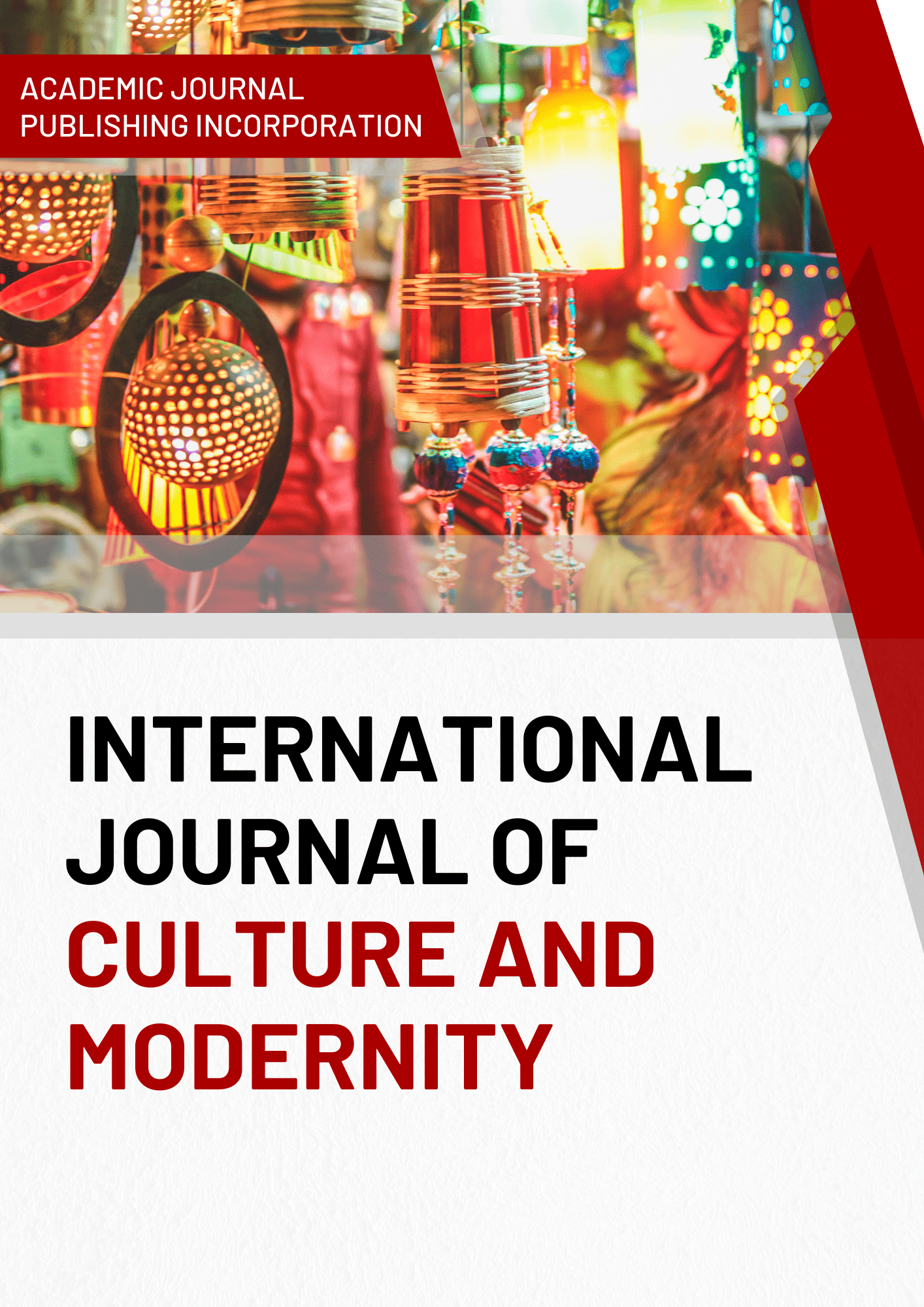Influence of Service Marketing Mix on Competitive Advantage with Service Strategy as Variable Between (Micro Credit Case Study at Pt. Bank Rakyat Indonesia TBK. Manado Sarapung Branch Unit Office)
DOI:
https://doi.org/10.51699/ijcm.v5i.43Keywords:
Product, Interest rate, Location, StrategyAbstract
These results conclude that there is a simultaneous (simultaneous) effect of the Kupedes Product variable (X1), Interest rate (X2) and Place/Location on the Service Strategy variable (Z). Thus the sub structure model 1 can be concluded as feasible and can be continued for further analysis. The correlation between Kupedes product variables (X1), interest rates (X2), place/location (X3) and service strategy (Z) is in the category of sufficient correlation, which is in the range of > 0.25 – 0.5. Variables X1, X2, X3 and Z have a unidirectional significance coefficient (positive correlation coefficient) and significant (sig < 0.05). R square (R2). The number R square is 0.667. This figure is also called the coefficient of determination which explains the contribution of the combined (simultaneous) effect of the Kupedes product variable (X1), interest rate (X2), place/location to service strategy (Z) is 0.667 or coefficient of determination = R2 X 100% = 0.667 X 100% = 66.7%. While the remaining 33.3%, this figure means the magnitude of other factors outside the Kupedes product variable (X1), interest rate (X2), and place/location (X3) that contribute to service strategy (Z). Thus, from the results of the analysis above, it can be interpreted that the variability of service strategy (Z) can be explained by the variable Kupedes product (X1), interest rate (X2) and place/location (X3) of 66.7% while 33.3% is explained by other factors outside model. There is a combined (simultaneous) effect of the Kupedes product variable (X1), interest rate (X2), place/location (X3) and service strategy (Z) on the competitive advantage variable (Y). Thus the sub structure model 2 can be concluded as feasible and can be continued for further analysis. The correlation between Kupedes product variables (X1), interest rates (X2), place/location (X3), service strategy (Z) and competitive advantage (Y) is in the category of strong correlation, which ranges from >0.5 – 0.75. Variables X1, X2, X3, Z and Y have a unidirectional significance coefficient (positive correlation coefficient) and significant (sig < 0.05). Kupedes product (X1), interest rate (X2), place/location (X3) and service strategy (Z) are combined on the competitive advantage variable (Y). This test can be seen in the Model Summary table above at the value of R square (R2). The number R square is 0.666. This figure is also called the coefficient of determination (KD) which explains the combined (simultaneous) effect of the Kupedes product variable (X1), interest rate (X2), place/location and service strategy (Y) combined to the competitive advantage variable (Y). is 0.666 or KD = R2 X 100% = 0.666 X 100% = 66.6%. While the remaining 33.4%, this figure means that other factors outside the Kupedes product variable (X1), interest rate (X2), place/location (X3) and service strategy (Z) contribute to competitive advantage (Y).
References
Hunger, J. David and Wheelen, Thomas L. 2003. Strategic Management. Yogyakarta: Publisher Andi.
Jatmiko, RammadDwi. 2003. Strategic Management. Poor. Muhammadiyah University: Malang Press.
Kotler, Philip., and Gary Armstrong., 2004, Marketing Fundamentals, Ninth Edition, Volume 1, translated by Alexander Sindoro, Jakarta: Index.
Kotler Philip et al. 2012. Asian Perspective Marketing Management. Book Two, First Edition. Yogyakarta: Andy.
Kotler, Philip and Kevin Lane Keller. 2013. Marketing Management. Edition Thirteen Volumes1. Jakarta: Erlangga.
Kotler, P. & KL Keller. 2016. Marketing Management 16th edition. Pearson. New Jersey.
Kotler and Armstrong. 2013. Marketing Principles. Volume I. Jakarta: Erlangga.
Lupiyoadi, Rambat. (2013). Competency-Based Service Marketing Management Edition 3. Jakarta: SalembaEmpat.
Mangkuprawira, TB Sjafri. 2004. Strategic Human Resource Management. Jakarta: PT. Indonesian Ghalia
Noe, Raymond A., Hollenbeck, John R., Gerhart, Barry., & Wright, Patrick M. 2010. Human Resource Management: Achieving Competitive Advantage. (6th Edition, Volume 1). Jakarta: SalembaEmpat.
Porter, Michael E. 2007. Competitive strategy. Tangerang: Kharisma Publishing Group.
Senge, Peter. 2006. The fifth discipline, the art and practice of the learning organization. Random house: Double day.
Sampurno. 2010. Strategic Management: Creating Sustainable Competitive Advantage. Yogyakarta: Gadjah Mada University Press.
Be alert, Henry. 2004. Strategic Management. Jakarta. PT. RinekaCipta.
Sagala, Syaiful. 2011. The Concept and Meaning of Learning. Bandung :Alphabeta.
Schuler, Randal S. and Jackson, Susan E, 1996, Human Resource Management Facing the 21st Century, Volume 2, Sixth Edition, Erlangga Publisher, Jakarta.
Tjiptono, Fandy. 2007. Marketing Strategy. Second Edition. Yogyakarta : Andi.
Kankaew, K., Yapanto, LM, Waramontri, R., Arief, S., Hamsir, Sastrawati, N., & Espinoza-Maguiña, MR (2021). Supply chain management and logistics presentation: Mediation effect of competitive advantage. Uncertain Supply Chain Management, 9(2), 255–264.https://doi.org/10.5267/j.uscm.2021.3.007
Yapanto, LM, Tanipu, F., Paramata, AR, & Actors, E. (2020). THE EFFECTIVENESS OF FISHERY COOPERATIVE INSTITUTIONS. 17(25), 1329–1338.
Musa, FNH, Tumbel, A., &Wullur, M. (2021). Discipline Analysis Of Work, Motivation And Loyalty Towards Employee Performance (Case Study At Gorontalo State University). 449–462.
Lasut, RF, Mandey, SL, Jan, AH, Ratulangi, US, &Ratulangi, US (2021). Analysis of the Effect of Service Quality and Premium Amount on Collectibility Levels and Participant Satisfaction as Intervening Variables at BPJS Kesehatan Manado Branch. 633–646
Downloads
Published
How to Cite
Issue
Section
License
Copyright (c) 2021 Ramot Paulus Christian Sitanggang, SLHV Joyce Lapian, Agus Supandi Soegoto

This work is licensed under a Creative Commons Attribution 4.0 International License.






